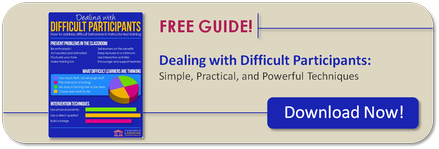Photo by: Tumisu via Canva
One of the oldest and most effective teaching tools is storytelling, and it has a place in the modern classroom along with all the modern technology.
Storytelling can be an effective way to connect real-life experiences and people to the content being delivered. A well delivered story can trigger the learners’ senses and help them acquire, store, and retrieve information with greater ease.
Keep these five tips in mind the next time you deliver a story for the adult learners in your training:
1. Paint a picture for your learners using colourful language. Introduce the characters and describe the setting.
2. Introduce conflict that relates to the skills to be enhanced and reach a climax that illustrates the purpose of the story. When wrapping up, make sure you summarize the key points as a takeaway.
3. Keep in mind, a story can be delivered in a variety of ways. For example, the instructor can read the story directly from text, the instructor can retell the story in a natural unscripted style using their own words, or learners can read the story silently from the provided text.
4. Make sure to build rapport with the learners and identify the emotion or behavior you want to trigger in the group. Use your voice, stance, gestures, and facial expressions to enhance the story. Remember, you are not telling a story to children. The variations in voice and magnitude of gestures are more subtle when storytelling in an adult learning environment.
5. Tell stories that are relevant. This is a must! If your story isn’t relevant to the topic or the participants, the story becomes a time waster. Also, a poorly delivered story can leave learners confused or disengaged. Practice the story so the delivery appears and sounds natural.
A relevant, well written, and well delivered story at the right time can have a powerful impact on learners. It also provides variety in teaching methods and a bit of a break from technology overload. Follow these five tips and your storytelling be more effective!
For more tips on stories and how to connect with your audience, check out our How Adults Learn workshop.


